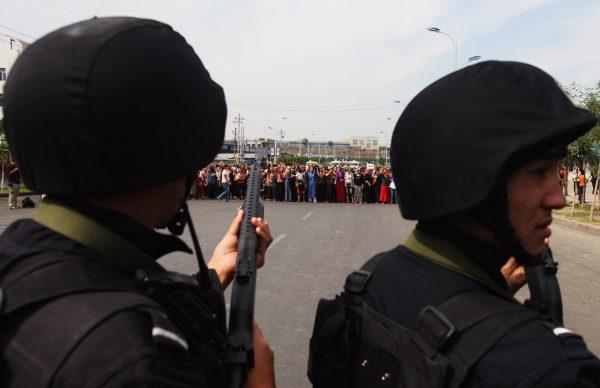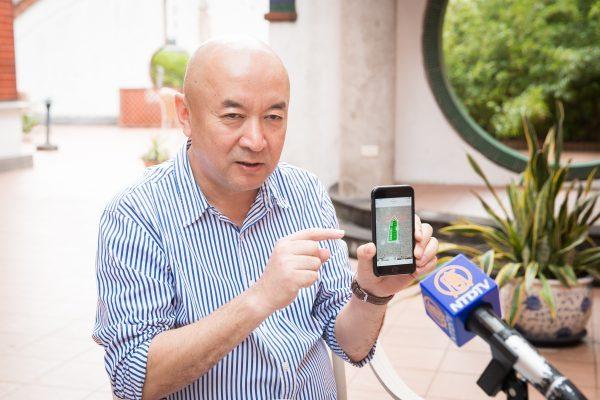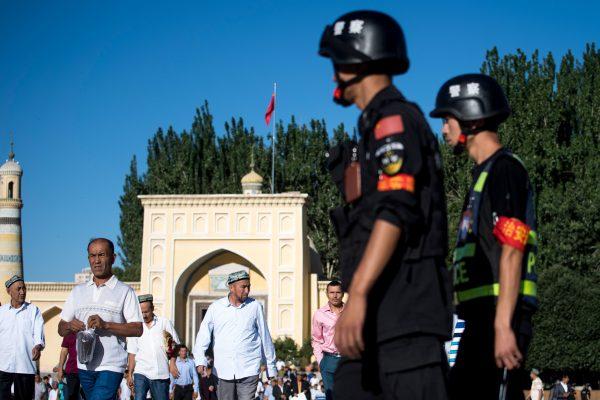UK Uighur Association representative and former medical surgeon Enver Tohti recently sat down with The Epoch Times to break down misconceptions about protests and riots that have happened in recent years in Xinjiang.
The Chinese regime has labeled Uyghur ethnic people a terror threat to justify their severe suppression and surveillance of Xinjiang, a region in northwestern China where many Uyghurs reside. The regime has banned students from speaking Uyghur in schools, persecuted their religion—most are Muslim—burned their religious books, and most recently held them at detention camps.
Violent incidents have become justifications for the Chinese regime to incite ethnic tension between Uyghurs, an ethnic minority, and local Han Chinese, who make up the majority.
The most infamous, and deadly event in recent history was the July 5, 2009 riots in Urumqi, which resulted in at least 197 deaths. To this day, it’s unclear what or who prompted the protesters—who initially gathered to rally for Uyghur migrant workers who were killed in a factory dispute in Guangdong Province—to become violent. The Chinese regime’s official explanation is that Uyghurs were motivated by a separatist desire to establish an independent state.

Uyghurs protest in front of policemen in Urumqi on July 7, 2009. Guang Niu/Getty Images
But Tohti said after he spent years investigating the incident with his friend in southern Xinjiang, he discovered that ten days before July 5, a local television station aired a commercial released by the Urumqi local authorities: a recruitment notice for southern Xinjiang residents to visit a job fair to be held in Urumqi.

Enver Tohti during an interview with New Tang Dynasty Television, a sister media of The Epoch Times. Chen Baizhou/The Epoch Times
It was estimated that around 30,000 southern Xinjiang residents arrived in the city in the week leading up to the protest. But it turned out, no job fair was held.
Tohti believes the commercial indicates the Urumqi authorities had plotted the entire incident—to bring lots of Uyghurs into the city, then foment disgruntled feelings among them and incite them into protesting violently.
He said the Chinese regime had done something similar just two years prior. In 2007, Chinese authorities claimed they raided a training camp for a East Turkestan terror organization. The location of the camp was in fact a small coal mine that local Uyghurs began extracting after local government gave up on the project. When the government wanted a stake in profits, the two sides came into conflict. One police officer died when an explosive at the mine went off.
“It is a trap that the Chinese Communist Party has set up,” Tohti said.
Decades of the regime’s surveillance has also made Uyghurs extremely dissatisfied with the authorities. Tohti explained how the Party’s local neighborhood committee encourages Uyghurs to spy on each other and report information to police, who are compensated with a cash reward.

Police patrol the streets as Uyghurs leave the Id Kah Mosque in the old town of Kashgar in Xinjiang, on June 26, 2017. Johannes Eisele/AFP/Getty Images
Shiu Wen-tang, researcher at the Taiwan-based Academia Sinica Institute of Modern History, noted that Uyghurs in Xinjiang are incapable of plotting a major incident, as the Chinese regime has kept such tight control over all aspects of their lives that such coordination would be extremely difficult.
The Chinese regime is known to use this tactic in order to achieve their goals: in 2014 during Hong Kong’s “Umbrella” pro-democracy movement, people hired by the Chinese authorities in Hong Kong were behind the scuffles that occurred among protesters—prompting a heavy police crackdown. Some political observers believe the unrest was a plot by members of the Party’s opposition faction—loyal to former leader Jiang Zemin—to foment social instability and create a political dilemma for Xi.
Jiang Yuchan contributed to this report.
Recommended Video:





